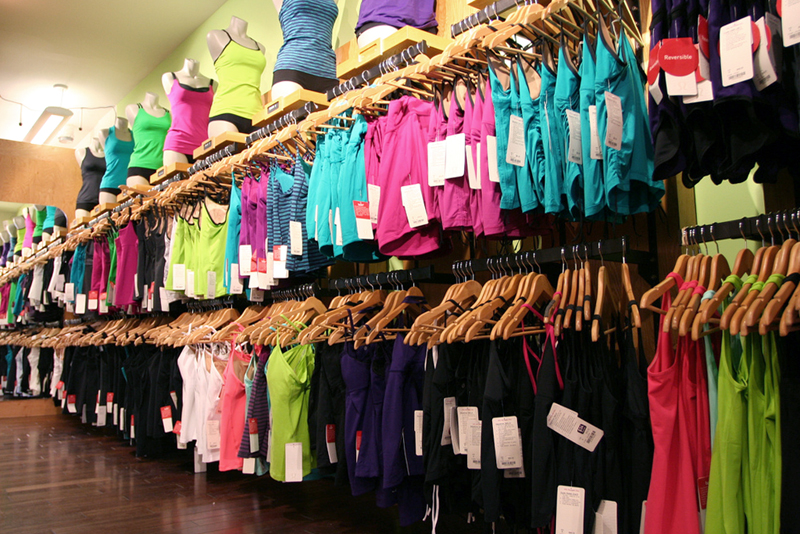
Known for their figure-hugging yoga pants and colourful workout tops, athletic and leisure wear giant Lululemon Athletica is selling more products than last year – but it comes at a higher cost.
The Vancouver-based retailer spent $33 million more this quarter doing business. The company’s cost of goods sold was $208 million compared to $175 million spent the previous year.
The cost of goods sold refers to the total cost for Lululemon to manufacture their gear and get it into their stores. For a retail company, this includes the cost of fabric, factory workers’ salaries and freight transportation, among other things.
The company’s quarterly report states that a “natural growth in labour hours” increased their costs by $10.9 million.
Lululemon opened 42 new stores over the year. This meant having to hire more workers in their oversea factories to keep up with the demand for their products.
However, there were few references in the quarterly report to what factors affected their costs of goods sold. In fact, it is hardly mentioned.
In an email reply from Lululemon Athletica, guest educator Kevin O’Grady explained that while the cost of product materials didn’t change, other expenses did. He said, “2014 saw an increase in various factors related to Selling, General and Administrative Expenses. Increases in these costs do have an impact on the cost of goods sold since many of these costs are part of that calculation.”
Lululemon senior management also addressed the third quarter results during a teleconference with a group of Lululemon analysts on Dec. 11, 2014. Once again, no explicit reference to the increase in costs was made during the meeting.
However, John Currie, former chief financial officer, said that 2014 was “a year of investment and shoring up supply chain.” These investments increased the cost of production and are expected to continue in 2015.

Sheldon Weatherstone, a financial accounting professor at the Telfer School of Management, said that Lululemon’s cost of goods sold is rising at a faster rate than their revenue.
“Their sales increased by 10 per cent, but their cost of goods sold increased by nearly 19 per cent. So despite the fact that they managed to generate more revenue and more sales selling more products, their cost to sell those products outpaced their growth by almost nine percent.”
He said another increase in cost of goods sold could mean trouble for the company.

Lululemons’s gross profit margin has already dipped from 53.9 per cent down to 50.3 per cent. Weatherstone said if Lululemon can’t keep their costs under control, their profit will continue to slide
“It doesn’t take much to impact a public company,” he said. “Even though three or four per cent may not seem like a big deal, when you look at it in dollar terms it can be pretty significant.”
Lululemon’s share price has also taken a small hit in 2014. Their earnings per share in one year have gone down from $0.46 to $0.42.
Weatherstone said shareholders aren’t going to be very happy if Lululemon can’t manage their costs in the next year.
“If their profit margin continues to drop, their share price is going to diminish and their popularity as an investment to shareholders is going to decrease,” he said. “As a shareholder, you don’t want to see your investment erode.”
In 2015, Lululemon could face another increase in their costs due to the fluctuating price of the raw materials used to manufacture their gear.
